In a collaborative effort, Kleinewelt Architekten and Citizenstudio / Gorozhane Group have envisioned a transformative proposal for the Northern River Boat Station Park, colloquially known as the Park of Five Seas, in Moscow. Dating back to the 1930s, this park was intended to serve as Moscow’s gateway to the five seas, yet it currently stands as a disconnected enclave, estranged from the city’s bustling life and its historic waterways.
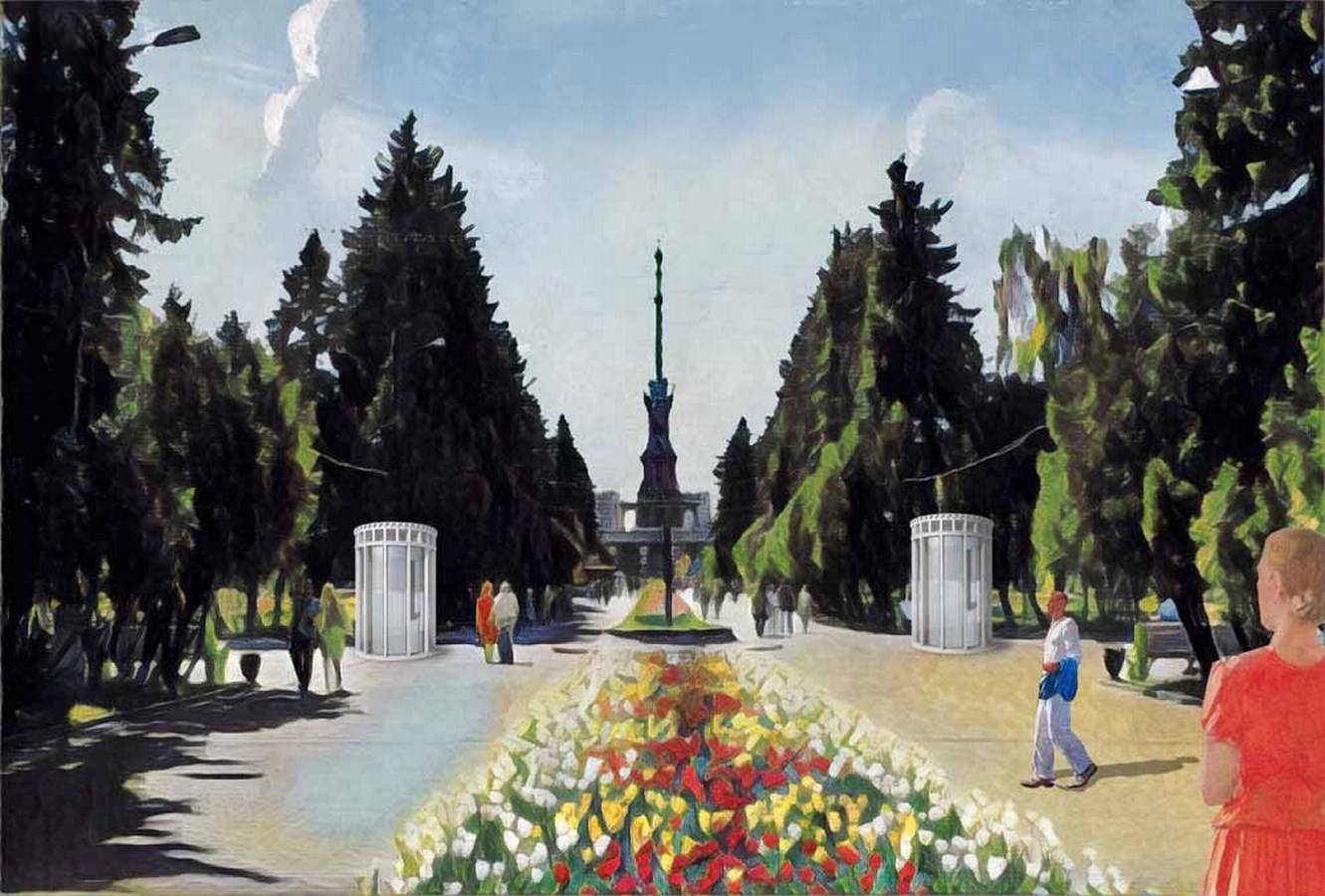
Restoring Heritage, Building Connections
The core objectives of the project revolve around the restoration of the existing terminal building and pathways, coupled with a bold architectural intervention aimed at reinvigorating the park experience. To seamlessly integrate the city with the river and infuse vitality into the park, the designers have superimposed the geographical contours of Russia’s river system onto the existing orthogonal grid. While preserving the park’s original structure and main axis, which serves as the conduit between the city and the river, a new thematic route has been introduced.
Recapturing the Spirit of the Past
The outcome is a network of alternative, organic pathways weaving amidst the existing trees, evoking a tranquil and leisurely maritime journey. Drawing inspiration from the era of the Khrushchev Thaw, characterized by a loosening of repression and a cultural renaissance in the Soviet Union, the designers aspire to recreate the utopian ambiance of a joyful Soviet childhood envisioned during the park’s inception. Sergey Pereslegin, a partner at Kleinewelt Architekten bureau, articulates the aspiration for the park to embody this nostalgic sentiment.
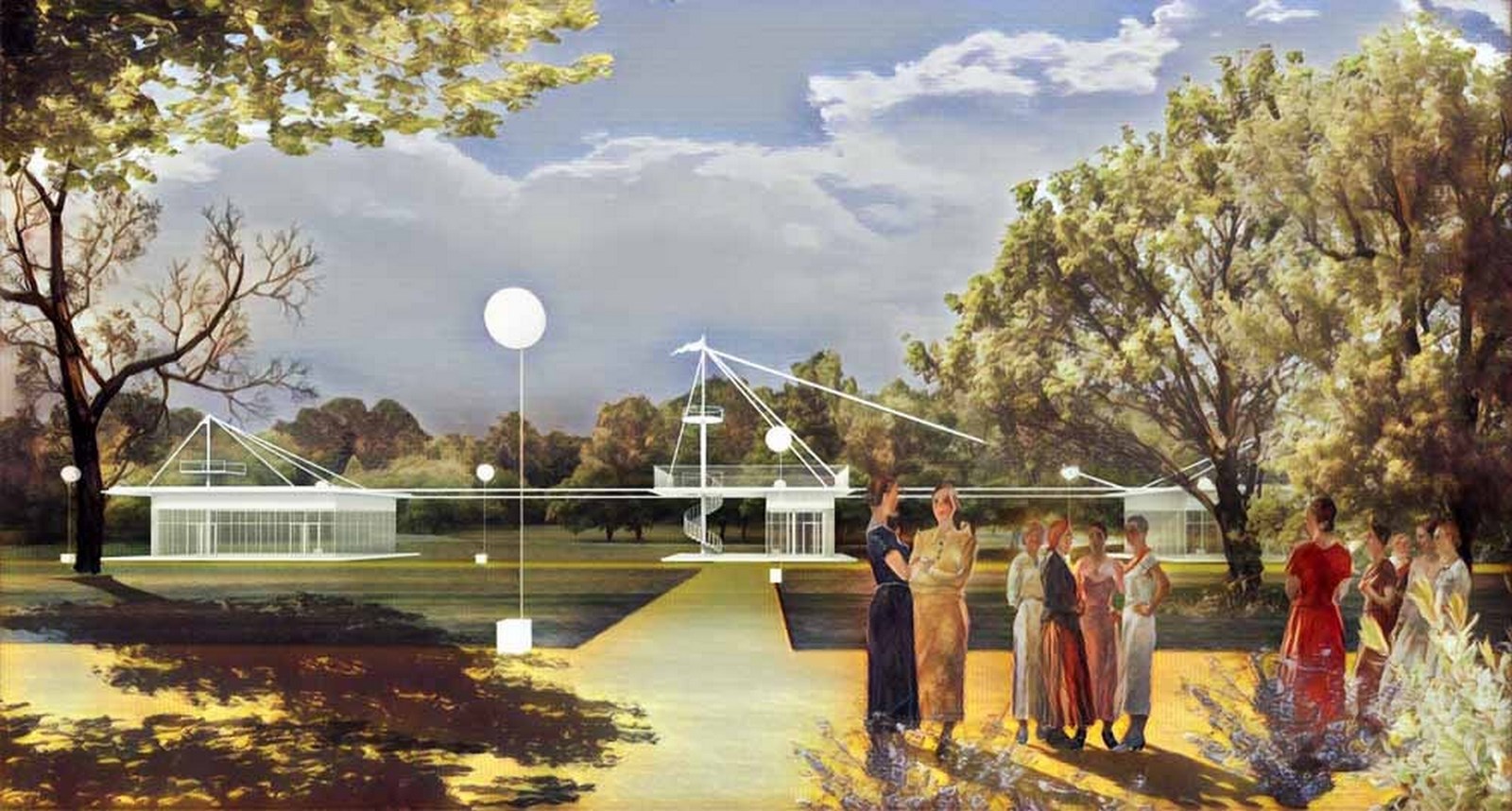
Symbolism in Architecture
A distinctive feature of the design is the naming and placement of architectural elements along the new pathway system, corresponding to the cities situated along Russia’s river network. From the iconic Terminal building representing Moscow to the grand belvedere embodying Saint Petersburg, each structure pays homage to its respective city’s location and significance. Furthermore, the architectural repertoire includes symbolic representations of various cities such as Kazan, Samara, Volgograd, and Kargopol, underscoring the rich tapestry of Russian heritage.
Nostalgia Reimagined
In homage to the park’s historical legacy, the architectural elements serve as nostalgic relics harking back to the Soviet era. Leveraging the park’s dual construction periods in the 1930s and 1960s, Citizenstudio and Kleinewelt Architekten meticulously curated the design aesthetics. While the northern park features objects reminiscent of the 1930s style, including the exhibition hall and ice hockey rink, the southern park embodies the architectural ethos of the 1960s, housing amenities like restaurants and playgrounds. Notably, the forthcoming restaurant, Volga, will offer panoramic river views through its predominantly glass construction, providing visitors with an immersive waterfront experience.
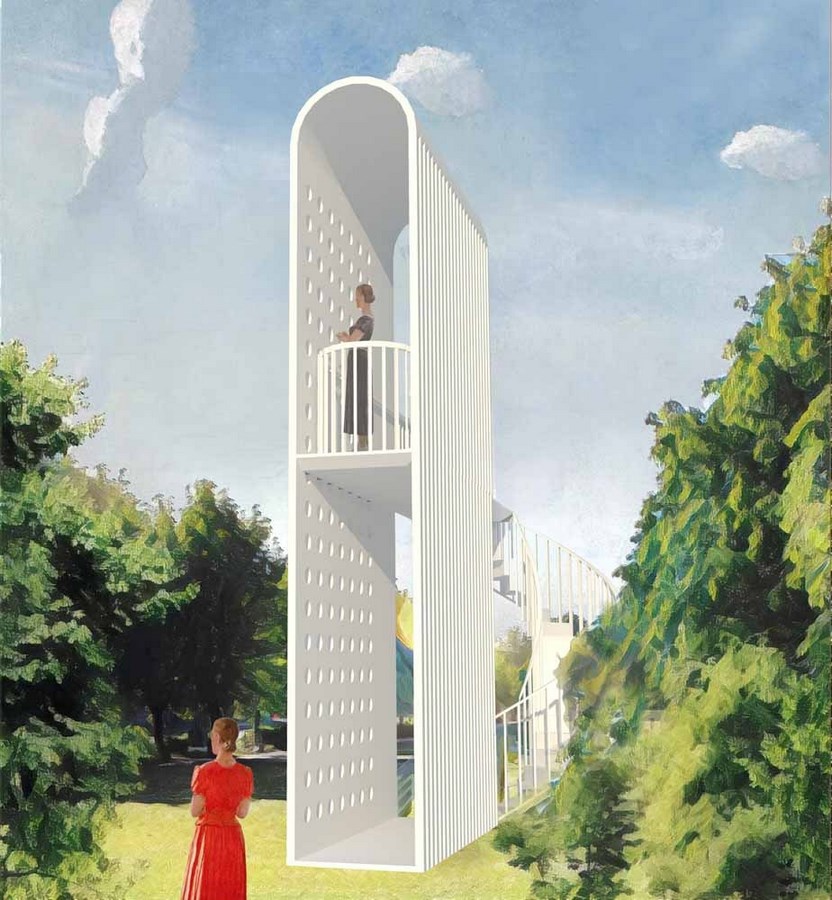
Embracing Tradition in Modernity
Throughout the park, small wooden gazebos, inspired by the River Terminal’s architectural motifs, punctuate the landscape, offering quaint retreats adorned with arched windows and openings. By seamlessly blending tradition with innovation, Kleinewelt Architekten and Citizenstudio aspire to redefine Moscow’s waterfront identity, transforming the Park of Five Seas into a vibrant cultural landmark that bridges the past with the present.




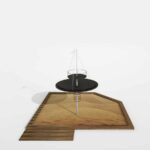

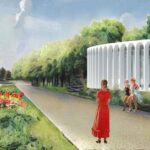

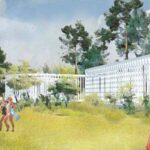

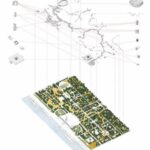
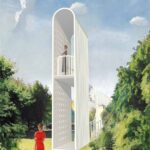

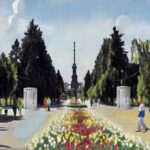

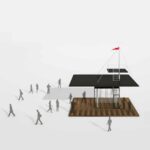
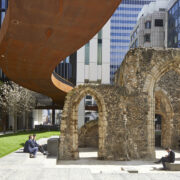
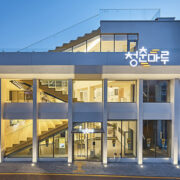
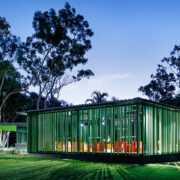

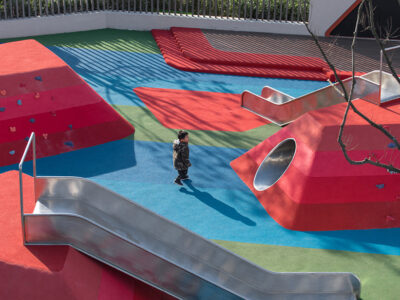
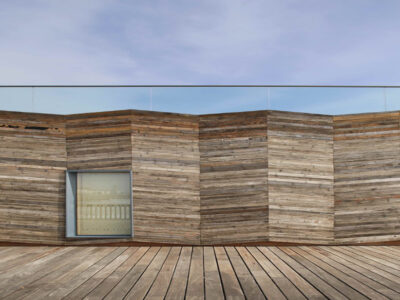

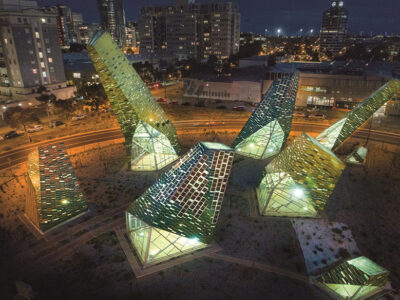
Comments